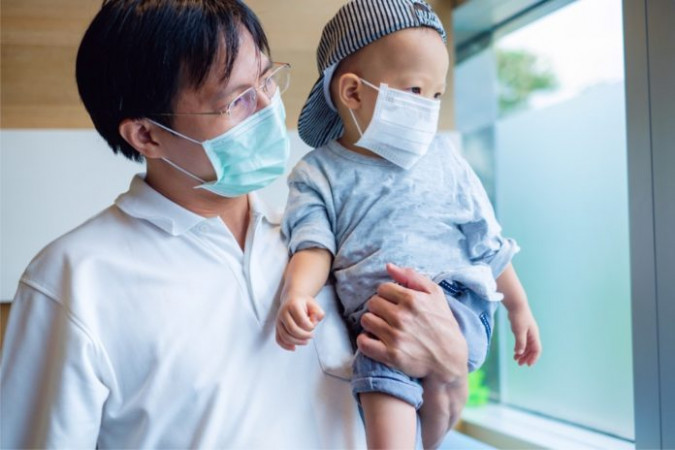Covid 19 and pregnancy: all the advice and attention to adopt

All the risks
Pregnancy involves a state of partial immunosuppression which makes the pregnant woman much more susceptible to viral infections. In short, Covid 19 represents a serious danger during a woman's pregnant state. Precisely for this reason the WHO has offered some recommendations.
How to avoid Covid 19
Precautionary measures for pregnant women and others remain social distancing, avoidance of unnecessary travel, public transport, contact with suspicious persons, and good personal hygiene remains essential. The symptoms that are now known to be indicative of COVID are temperature > 37.5, tiredness, muscle pain, respiratory distress. In a pz symptomatic, even if pregnant, it is advisable to perform a chest CT scan given the low risk of radiological exposure of the fetus. Affected pregnant women should be isolated, studied and treated. Obviously isolation should be provided in a suitable negative pressure environment, in hospitals designated for this purpose and able to use multidisciplinary experience for case management.
Treating a pregnant patient with in Virus Covid 19
Depending on the symptoms and severity of the infection, the team must be composed of gynaecologists, midwives, microbiologists, radiologists, laboratory technicians, anaesthetists and neonatologists. The therapy must provide adequate hydration for a normal hydroelectrolytic balance and we all know that oxygen saturation must be constantly monitored.
In the most serious cases, mechanical pulmonary ventilation and intubation of the patient is used. Pregnancy remains a handicap for the use of antivirals and their use requires a strict evaluation of the risk-benefit ratio, as well as the administration of corticosteroid therapy and heparin but at high doses.
Timing and delivery modalities
It is important to evaluate the timing of childbirth, which should be as individualized as possible according to the patient and any other comorbidities present such as gestosis or diabetes or cardiological disorders and other necessary pathologies. The task is to safeguard the mother and the fetus, so the decision whether to prefer the vaginal route must be taken with thoughtfulness and decision together, bearing in mind, among other things, the gestational period itself.
Immediate clamping of the umbilical cord is useful, as is the planned removal of the newborn from the affected mother for at least two weeks to minimize the risk of viral transmission from proximity and closed environments.
To date, the known cases of COVID pregnancies do not seem to be so numerous that they can produce more articulated models of approach, so it remains essential to respect what has been said so far, at least until, and hopefully soon, this pandemic like many others in history comes to an end.
Bile acids in pregnancy and cholestasis gravidarum.
Before we talk about bile acids in pregnancy, it is important to explain what bile acids are. Bile acids are components found in bile, which is the substance that is produced in the last part of the intestine to facilitate the..
ReadCoronavirus and newborns: what's there to know?
What's the coronavirus? The Coronavirus identified in Wuhan, China, for the first time in late 2019 is a new virus strain that has never previously been identified in humans. It has been called SARS-CoV-2 and it is the respiratory..
Read

